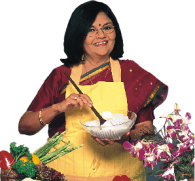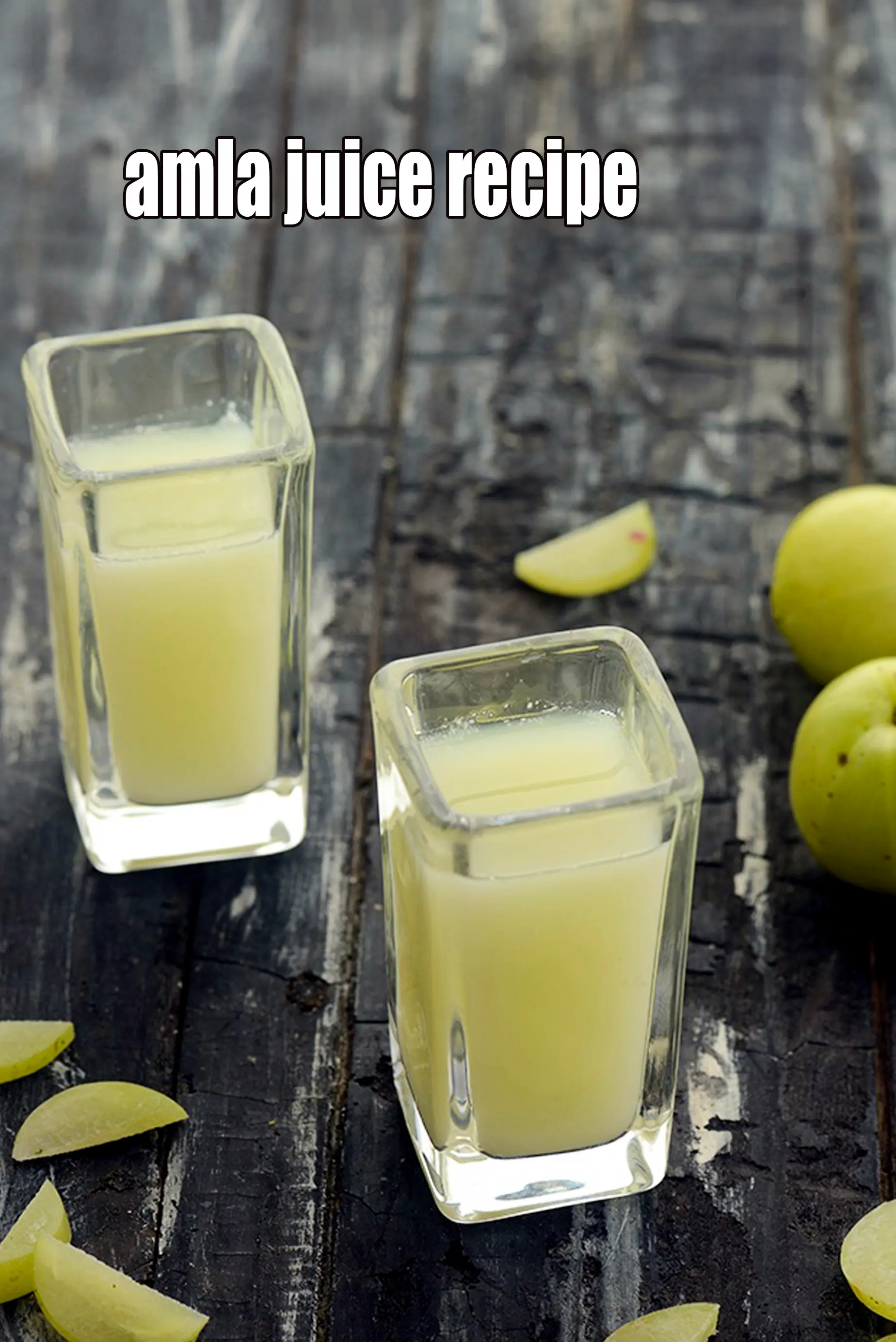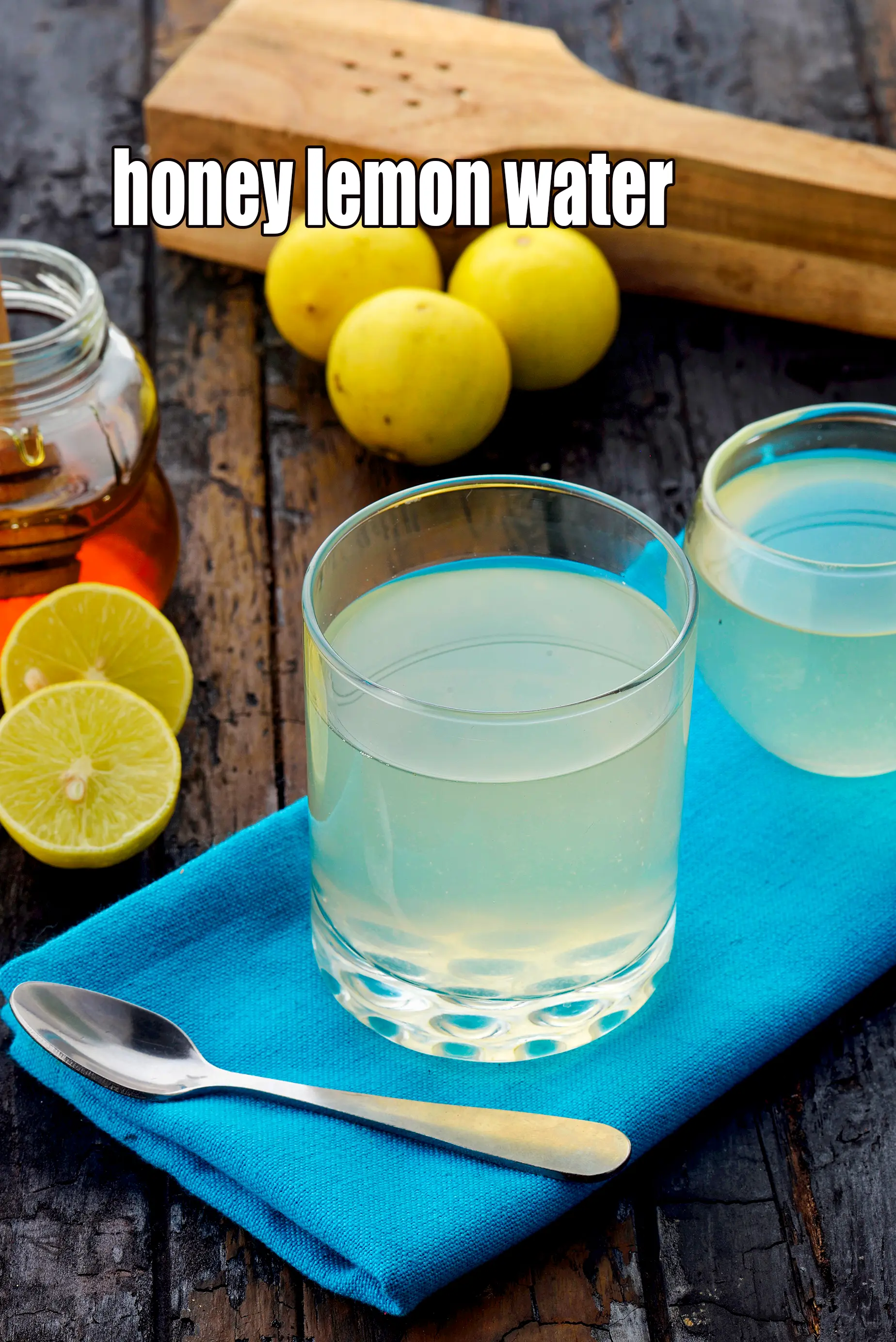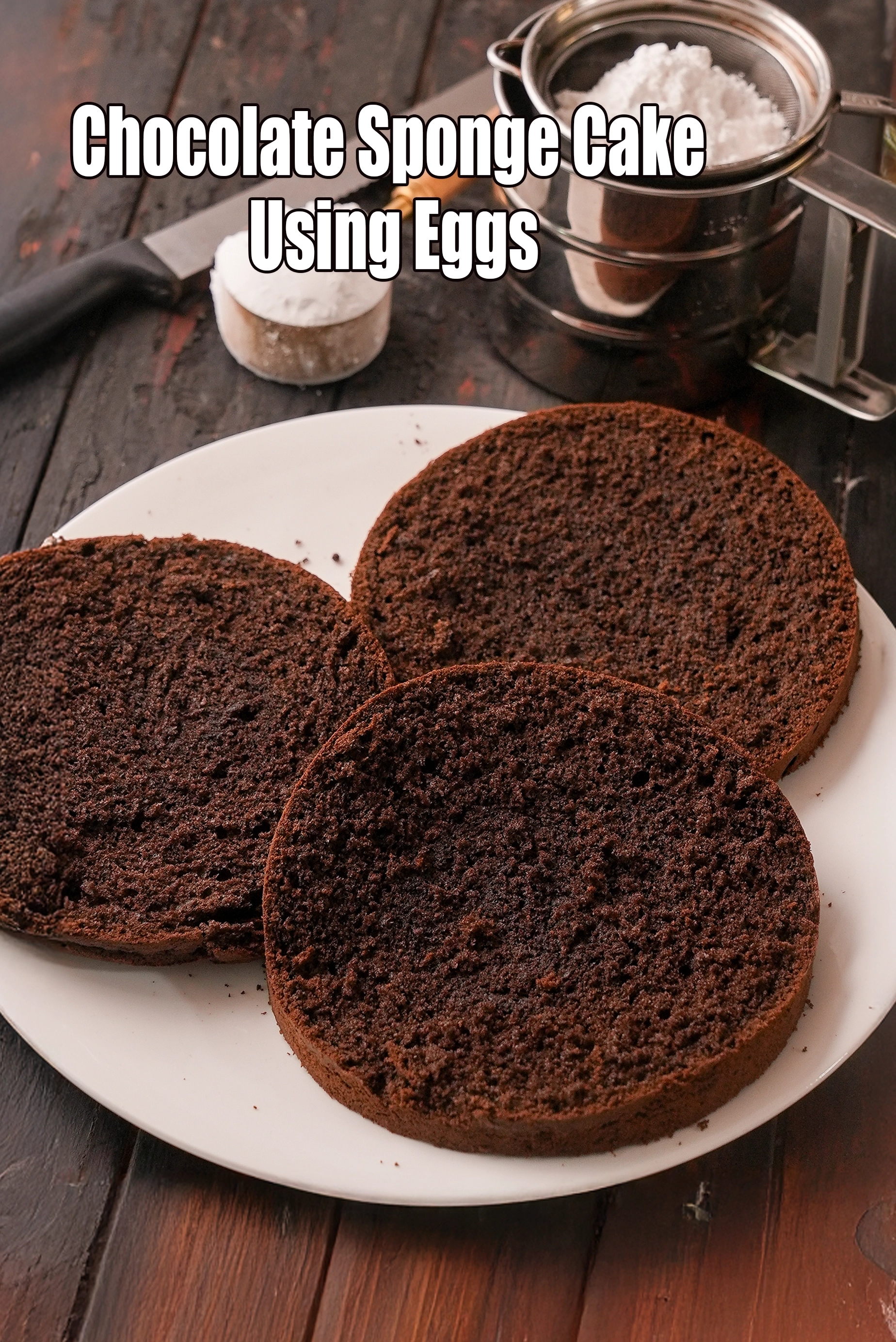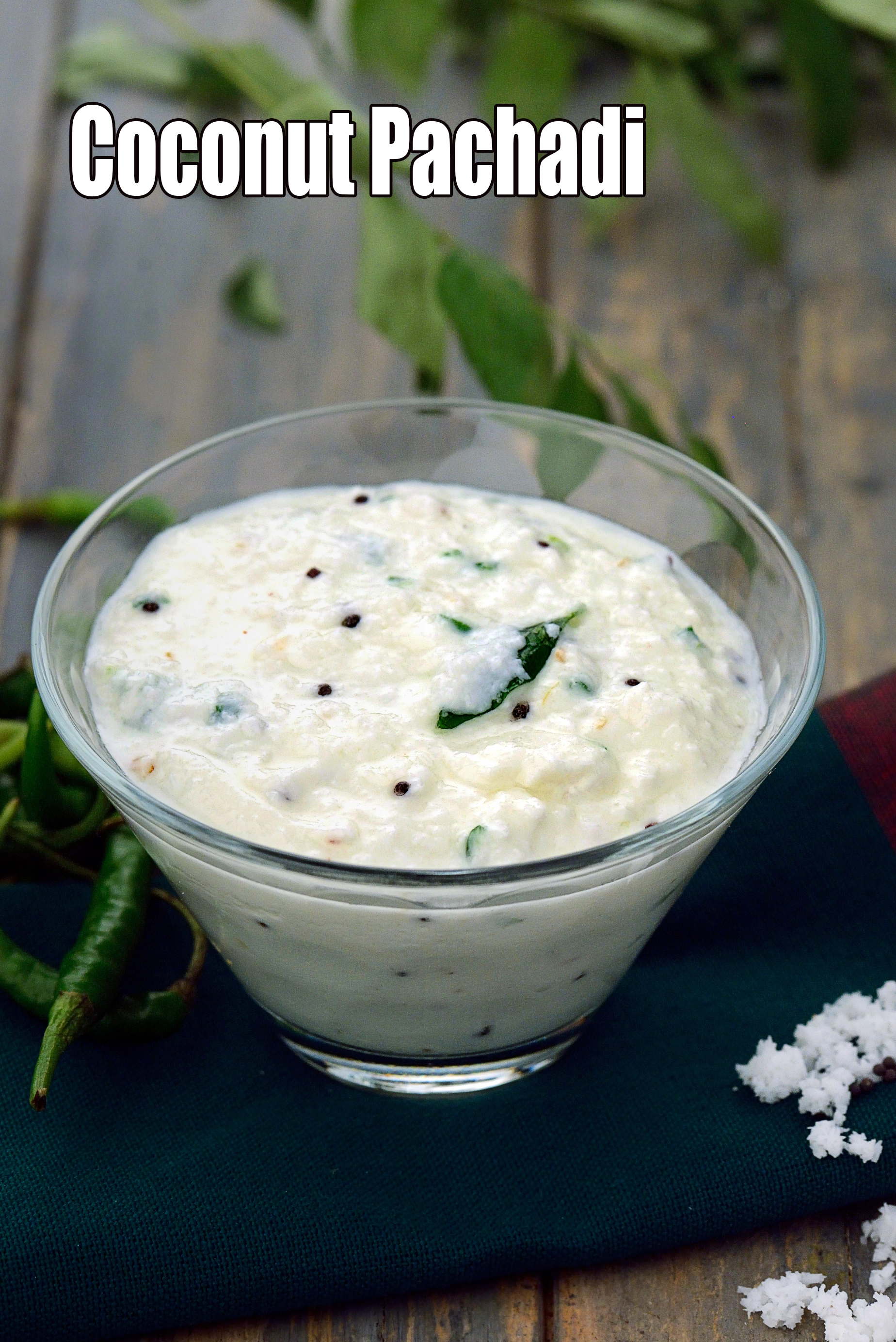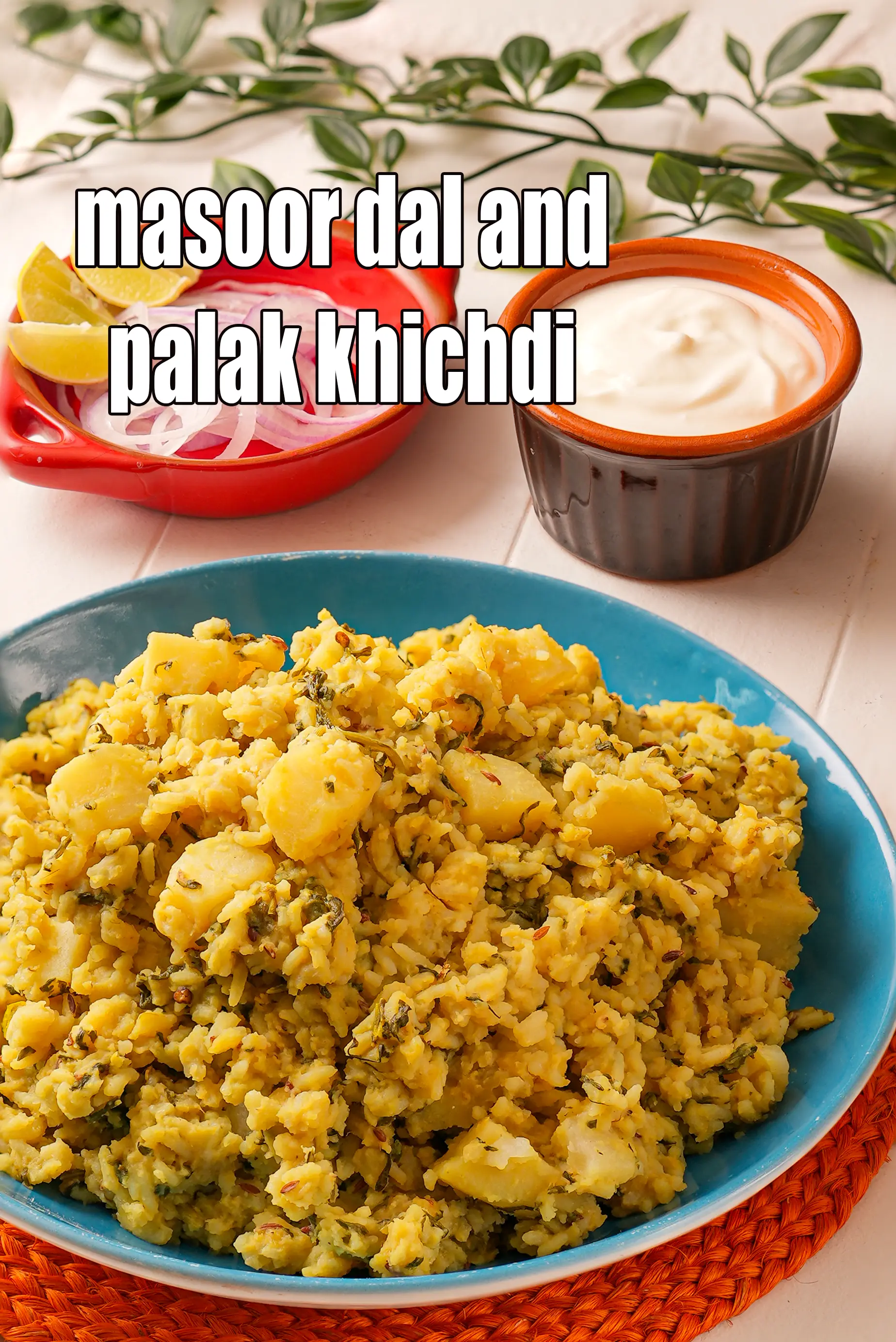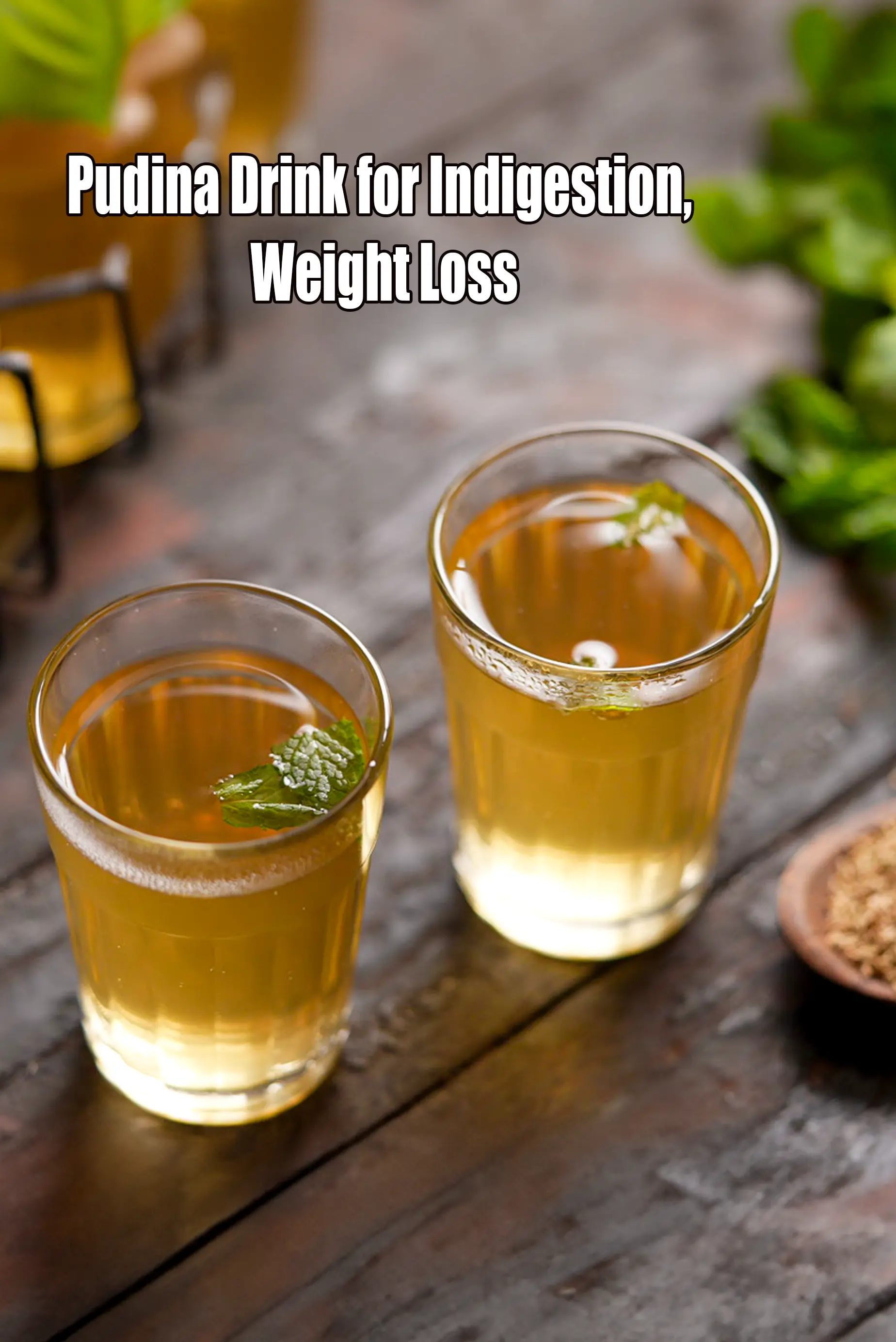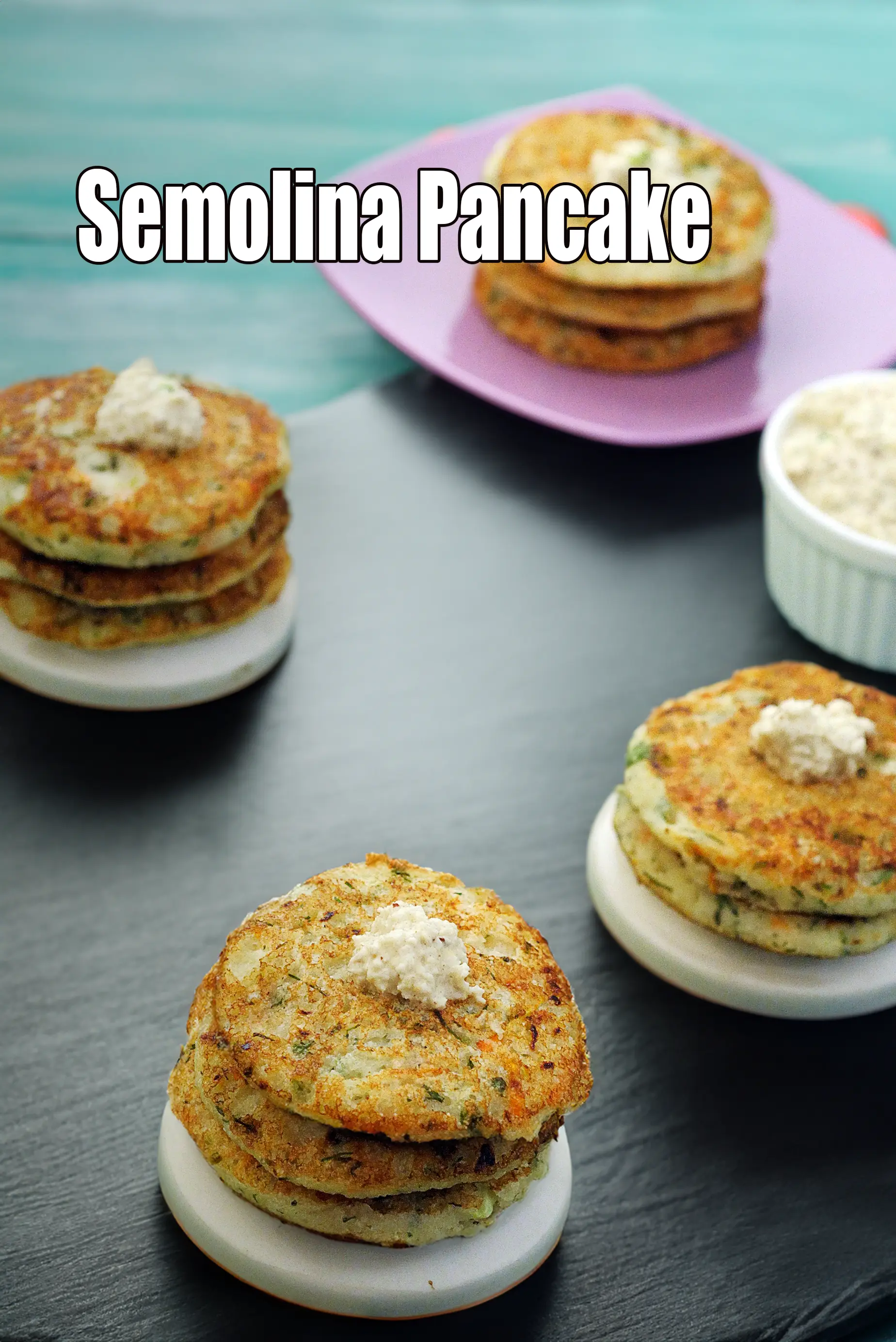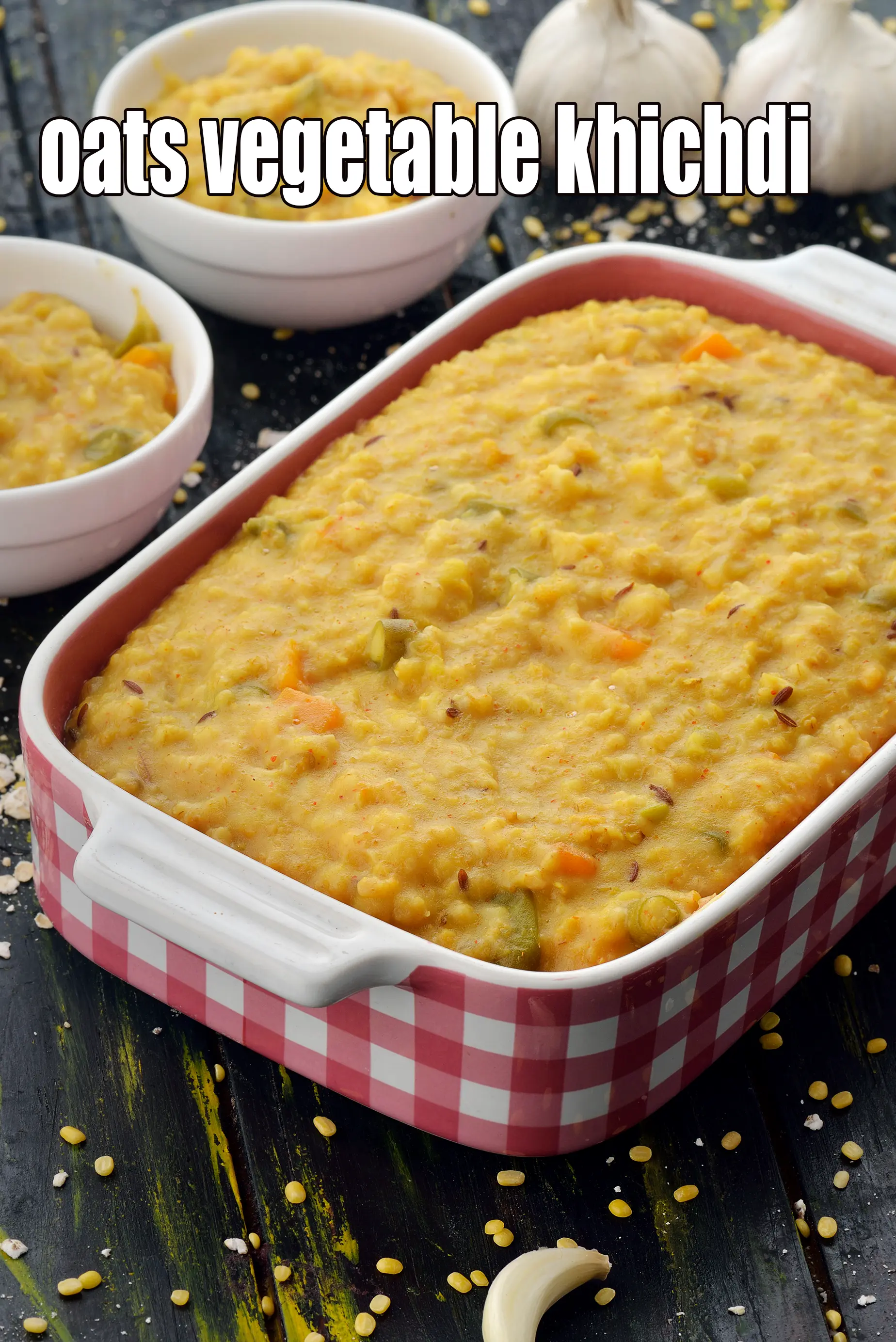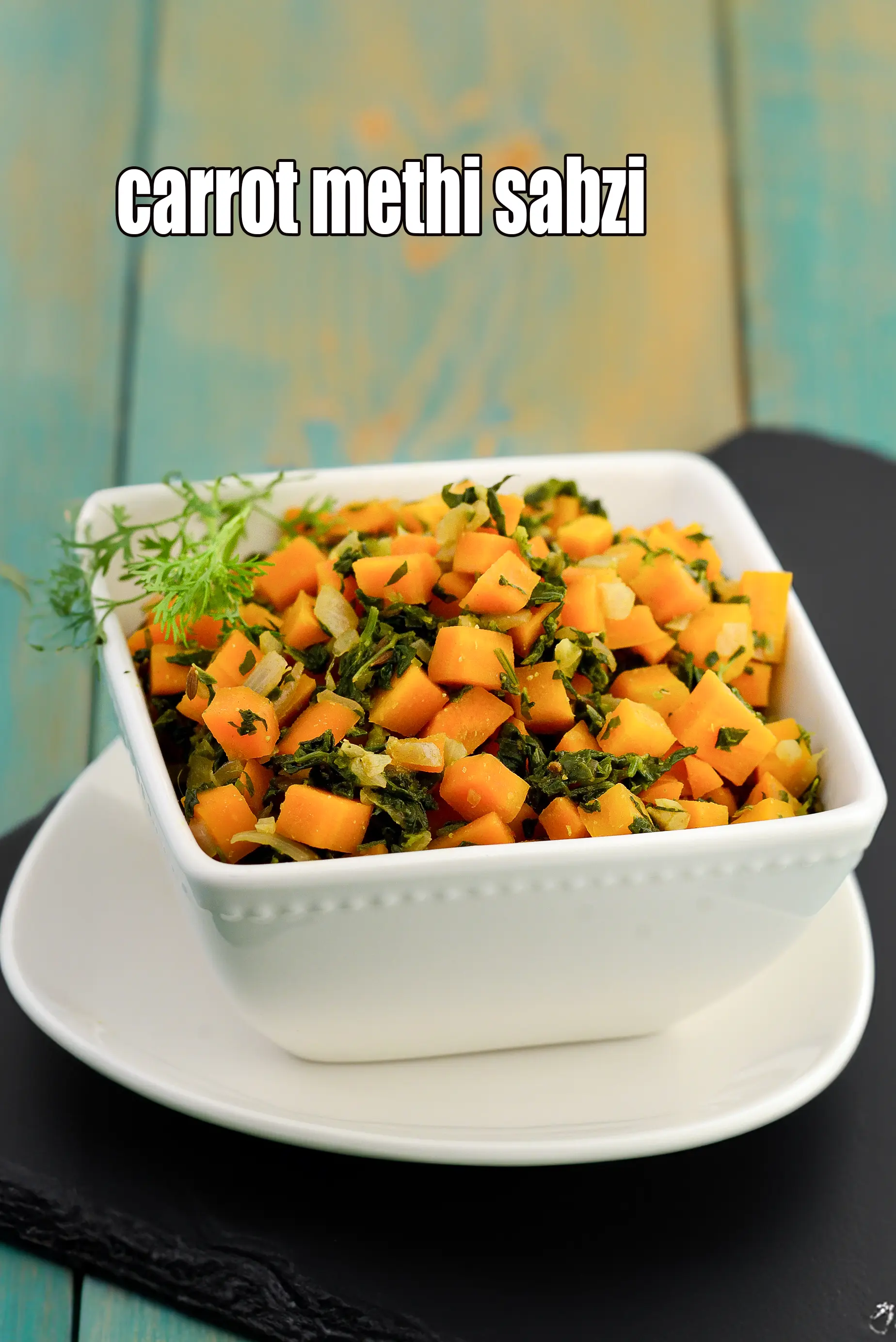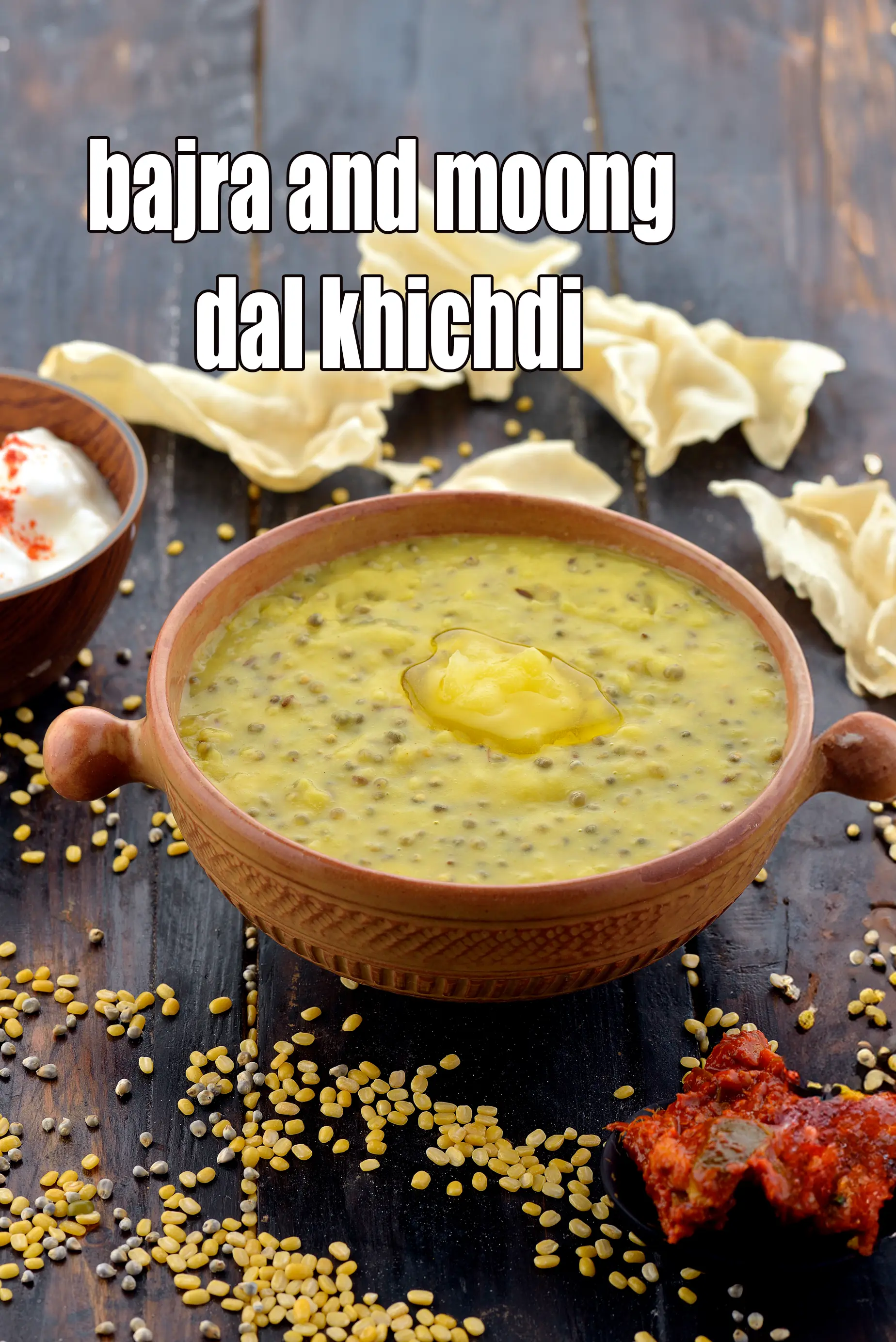Nutritional Facts of Brown Rice Risotto, Calories in Brown Rice Risotto
This calorie page has been viewed 11037 times
Cuisine
Healthy Indian Recipes
Healthy Indian Recipes
How many calories does one serving of Brown Rice Risotto have?
One serving of Brown Rice Risotto gives 166 calories. Out of which carbohydrates comprise 113 calories, proteins account for 19 calories and remaining calories come from fat which is 33 calories. One serving of Brown Rice Risotto provides about 8 percent of the total daily calorie requirement of a standard adult diet of 2,000 calories.
Click here to view. Brown Rice Risotto recipe. easy brown rice risotto recipe | Indian style brown rice vegetable risotto | healthy brown rice vegetable risotto | garlic brown rice risotto.
Easy brown rice risotto is a slightly healthier option than other cheese and fat laden risotto. This Indian style brown rice vegetable risotto is flavoured using readily-available ingredients that nevertheless add an irresistible aroma and taste. Learn how to make healthy brown rice vegetable risotto.
Risotto is one of the most famous Italian rice dishes, now popular all over the world. While it is now beheld as an exotic recipe, most Italians look at Risotto as a homely and soothing meal made with rice and some form of stock. To make easy brown rice risotto, heat little oil and sauté onions, garlic and capsicum. To that add other ingredients like brown rice, milk, oregano, chilli flakes, salt and little cornflour-milk mixture. Mix all these and cook for 3 to 4 minutes. Finally add very little cheese and cook for another minute. Healthy risotto is ready. Remember to serve it immediately to enjoy its perfect texture.
This vegetarian, cheese-based version of Indian style brown rice vegetable risotto is made heart-friendly by using high-fibre brown rice, minimal cheese, and a mixture of cornflour and low-fat milk for thickening. This little cornflour and cheese is needed for the risotto texture. However making this risotto will make you pile up on less calories than the cheese loaded risotto made with Arborio rice.
With capsicums for colour and crunch, this garlic brown rice risotto is flavoured using readily-available ingredients that nevertheless add an irresistible aroma and taste.
This brown rice vegetable risotto is a suggestive pick for heart patients and hypertensives. They can add more veggies like finely chopped carrots and broccoli to make it more heart-friendly. But remember to restrict the serving size and don’t make it a daily fare.
Is Brown Rice Risotto healthy?
Yes, this is healthy. But restrictions apply to some.
Let's understand the Ingredients.
What's good.
1. Brown Rice : The glycemic indiex of brown rice is 20% lower than white rice Therefore, brown rice is good for people with diabetes if consumed in limited quantity. Being a good source of fibre that reduces high cholesterol levels and prevents atherosclerosis and good for your heart. Being a complex carbohydrate and low in GI. It is suitable for people on weight loss diet. See article is brown rice good for you?
2. Onions (pyaz, kanda) : Raw onions are a very valuable source of vitamin C – the immune building vitamin. Along with other phytonutrients from onions, it helps to build WBC (white blood cells) which serves as a line of defence against illness. Yes, it’s a source of many antioxidants, the most important one amongst them being Quercetin. The quercetin in Onions promotes production of HDL (good cholesterol) and lowers total cholesterol in the body. The sulphur in onions act as a blood thinner and prevents blood clotting too. This in turn would lower blood pressure and good for heart, diabetics. Read the benefits of onions.
3. Capsicum (Bell Peppers) : Rich in vitamin C, capsicum protect and maintain the lining of the heart. Low glycemic index (40) colourful capsicum are immune boosters. Colourful capsicums are not only visually appealing but also good for your eyes too, as they contain antioxidant Lutein, which protects the eye from cataracts and degeneration of the eye. Capsicum is high in Folate or folic acid, which is important for rapid growth and multiplication of red blood cells and white blood cells in the bone marrow. See detailed benefits of capsicum.
4. Milk and Low Fat Milk : 1 cup of milk provides 70% of the Recommended Daily Allowance of Calcium. Milk promotes strong bones. The Calcium in Milk helps to protect your teeth against gum disease and keeps your jaw bone strong and healthy. Milk is low in carbs and therefore does not raise blood glucose levels. However diabetics must consider including low fat milk as advised by their dietitian only so as to avoid any fluctuations in blood sugar levels. Protein is another key nutrient which milk is rich in - 8.6 g from a cup. So all those looking to build protein stores can add milk and its products like curd and paneer to their diet. One cup of Milk gives 10 grams of carbs. Low fat milk has lower fat and the same benefits of milk.
5. Green Garlic (hara lahsun) : The most peculiar benefit of green garlic is due to its active ingredient, allicin. This works as a powerful antioxidant to boost your immune system and prevent against common infections like cough and cold as well as chronic diseases like cancer. It protects the heart by maintaining the levels of cholesterol in the body. It also soothes the digestive tract by treating intestinal microbes. Just chop green garlic and use it creatively to make rotis, pancakes, chutney etc.
What's the problem?
Can diabetics, heart patients and over weight individuals have Brown Rice Risotto?
Yes, this recipe is good for heart and weight loss. For diabetics this does not work. Indian style brown rice vegetable risotto is made heart-friendly by using high-fibre brown rice, minimal cheese, and a mixture of cornflour and low-fat milk for thickening. This little cornflour and cheese is needed for the risotto texture. However making this risotto will make you pile up on less calories than the cheese loaded risotto made with Arborio rice.
Can healthy individuals have Brown Rice Risotto?
Yes.
8 Pointers to get healthy on a Indian diet
1. Eat healthy and say yes to good home cooked food. Prefer whole grains like oatmeal, quinoa, buckwheat, barley and healthy flours like bajra flour, jowar flour, quinoa flour, wheat flour etc. rather than refined ones like maida. Have healthy Indian fats like ghee, coconut, coconut oil in your diet.
2. Opt out of junk food, packaged food, deep fried foods. Prefer steamed snacks and other non-fried snacks. Check out some Healthy Indian Snacks. Remember to eat small frequent meals through the day as that will keep you always full and prevent your blood sugar from dropping. By starving your body through some diet, will not help you one bit. In fact, dieting will make you binge on 2 to 3 meals which is not good.
3. Have 4 to 5 servings of vegetables and 2 to 3 servings of fruit is a must. Follow the logic of a vegetable in each main meal of the day and a fruit in-between meals. Check out a few Healthy Indian Soups and Healthy Indian Salads recipes using this food group.
4. Cut down on sugar and salt in your diet and pick honey ( very small amounts) or dates to sweeten your food. Slowly cut the sugar habit as this is not going to happen over night. Sugar is also called white poison. It is a simple carbohydrate with zero nutritional value. On intake, sugar will cause inflammation of the body which will last for many hours. It will spike your blood sugar level and shut down the fat burning process. This also causes high blood sugar levels in your body. The development of prediabetes comes from uncontrolled eating sugar and refined food products for many years and the classic symptom is if you have excess belly fat. This leads to diabetes and further onwards to heart attack, high blood pressure, strokes, impotence and kidney damage.
Salt and blood pressure. Apart from stress and obesity, one of the main reasons for high blood pressure is excessive sodium and salt intake. Most people find it difficult to limit the amount of salt in their cooking, thinking it will affect the taste of their favourite dishes.
This is not true. Bajra and jowar are rich in potassium and critical for those with High Blood Pressure as it lessens the impact of sodium. Eating more Potassium Rich Foods will remove more sodium from your body through urine. So include the basic bajra roti and jowar roti in your daily diet to have with Lower Blood Pressure Subzis Recipes.
5. Befriend a few healthy seeds and nuts like chia seeds, flax seeds, sesame seeds, walnuts and almonds.
6. Sprouts are called ‘living food’. They are high is most nutrients and easy to digest as well. Let them feature in your meals at least thrice a week. Also Read : All Benefits about Sprouts.
7. Exercise 45 minutes every day. No excuse. You can walk fast, run, do weights, play your favourite sport or go to the gym. No activity reduces muscle tissue which will lead to muscke loss and all kinds of problems with that.
8. Sleep early and get up early. Get your body into rhythm and it will function best. Sleep helps your body to recover and makes you look much younger. Also getting good sleep prevent muscle loss.
Brown Rice Risotto is high in
1. Vitamin C : Vitamin C is a great defence against coughs and colds.
2. Vitamin B1 : Vitamin B1 protects nerves, helps in carbohydrate metabolism, prevents heart diseases and helps produce red blood cells.
Note : a recipe is deemed high in a Vitamin or mineral if it meets 20% and above the recommended daily allowance based on a 2,000 calorie diet.
How to burn 166 calories that come from Brown Rice Risotto?
Walking (6 kmph) = 50 mins
Running (11 kmph) = 17 mins
Cycling (30 kmph) = 22 mins
Swimming (2 kmph) = 28 mins
Note: These values are approximate and calorie burning differs in each individual.
| Energy | 166 cal |
| Protein | 4.7 g |
| Carbohydrates | 28.3 g |
| Fiber | 1.7 g |
| Fat | 3.7 g |
| Cholesterol | 0.5 mg |
| Vitamin A | 212.7 mcg |
| Vitamin B1 | 0.2 mg |
| Vitamin B2 | 0 mg |
| Vitamin B3 | 1.5 mg |
| Vitamin C | 21.9 mg |
| Folic Acid | 14.5 mcg |
| Calcium | 98.6 mg |
| Iron | 0.8 mg |
| Magnesium | 55.9 mg |
| Phosphorus | 104.8 mg |
| Sodium | 39.8 mg |
| Potassium | 126.6 mg |
| Zinc | 0.7 mg |

Click here to view Brown Rice Risotto
Calories in other related recipes
